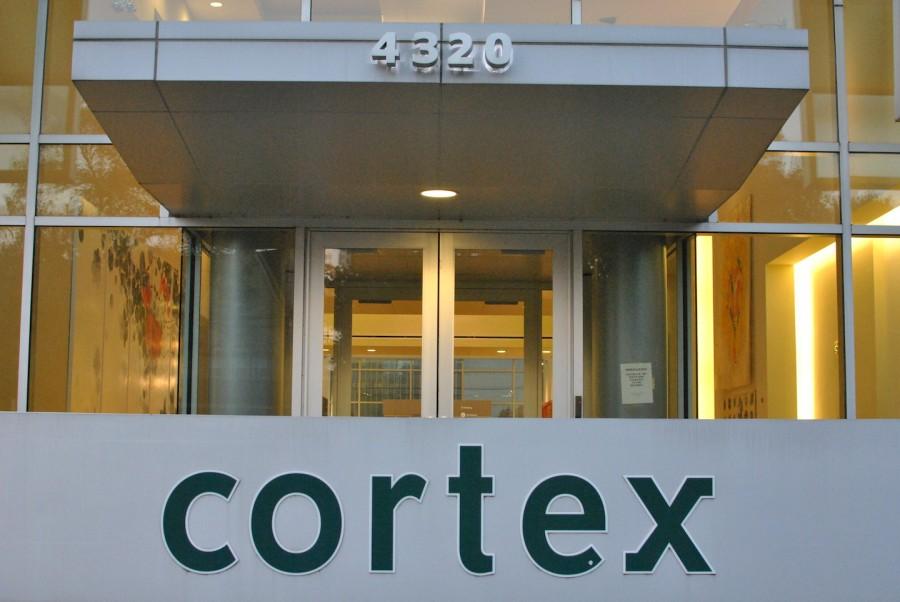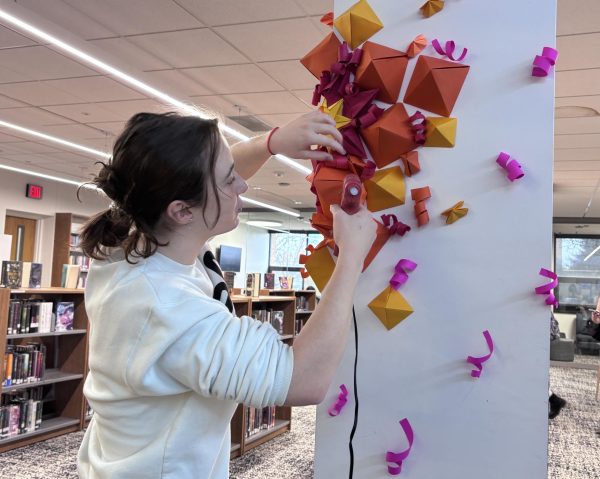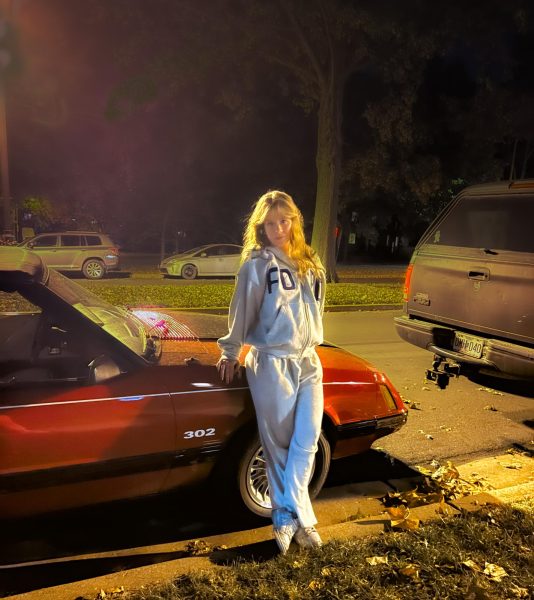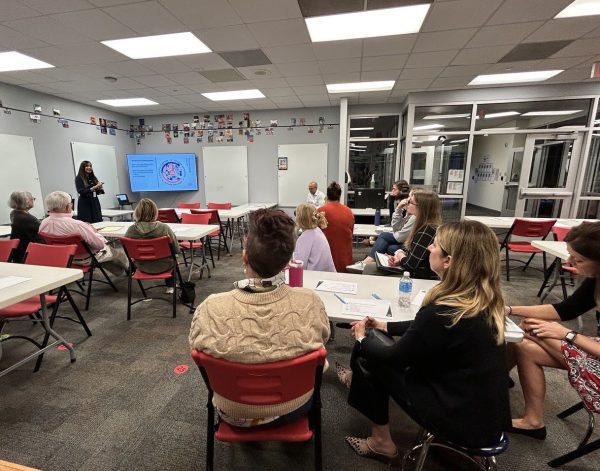Startups in St. Louis
The entrance to the Cortex
“I had no idea what’s going on here.” That’s the most common quote that Donn Rubin, President and CEO of BioSTL and CHS parent, hears when he meets with visiting investors and entrepreneurs from other cities.
Rubin’s company, BioSTL, is attempting to transform the St. Louis economy into a hub for innovative startup businesses centered around the biotech industry. BioSTL has been working to create communities conducive to the growth of startups and Rubin has been involved in developing the Central West End and Forest Park Southeast residential neighborhoods, a region known as the Cortex Innovation District.
Rubin describes the Cortex Innovation District as a collaboration between Washington University, St. Louis University, BJC Healthcare, Missouri Botanical Gardens and University Missouri St. Louis all working towards a common vision of “transforming a neighborhood from a decaying, old industrial neighborhood into a strong, vibrant, multi-faceted biotech and innovation district.”
As part of their efforts to create a communities with the infrastructure necessary to support the growth of startups, Rubin and BioSTL have been trying to attract investors, bioscience experts and new companies to the St. Louis region.
According to Rubin, “A lot of high-tech companies would look into St. Louis if they understood [what was] going on here. We’re trying to do a better job of telling St. Louis’s story.”
Rubin believes that St. Louis has certain qualities that will allow it to compete with leading cities like San Francisco or Boston.
One of these qualities is St. Louis’s high capital efficiency, meaning that because things cost less in St. Louis than in big cities, investment dollars go a lot further.
“It might take half a million dollars in St. Louis to advance a company to the point where it might take 5 million dollars to do the same thing in California,” Rubin said.
Additionally, St. Louis has developed a collaborative, trustful and supportive environment for startups. The people of St. Louis have something Rubin calls an “unpretentious professionalism,” or a straightforward competence and professionalism that makes them easier to work with. The helpful environment of St. Louis is appealing to startups which might get lost in the competitiveness of other big cities.
Part of the supportive environment is a direct result of the enormous amount of people with expertise in the biotech industry.“We have more plan scientists in St. Louis than anywhere else in the world,” Rubin said.
The attitude and cost efficiency in St. Louis sets the city apart from others.“We find that if we get on people’s list at all, then we are very competitive against other parts of the country in recruiting companies, top people or investors,” Rubin said.
Peter Finley, Adjunct Professor of Entrepreneurship at Washington University explained the importance of BioSTL’s recruiting efforts.
“To pull together all the resources to make a business, you need a variety of skills that are beyond the ability of any one person or even a small group of people,” Finley said.
Finley described how a startup might create a new way of treating stroke. Even if a company had a new method that was already developed and more effective than anything else available, they would still have to pull together investment capital, the expertise of numerous physicians, lawyers, accountants and business mentors.
Together, all of these professionals create an ecosystem for startups. During the past 12 years, Rubin has served on a board of directors working to create a thriving ecosystem in the Cortex Innovation District.
Since it’s founding, the board of directors behind Cortex has worked to develop over 200 acres of land. However, they found very early on that there are challenges associated with redeveloping urban land versus developing in rural areas. Many of the different plots Cortex acquired were owned by different individuals, and many had environmental hazards.
“There’s lots of challenges and barriers with developing something meaningful in an urban neighborhood like that,” said Rubin. “So it was important for all those institutions to come together, helping to make it easier.”
Since its founding, Cortex has had enormous success. The district now consists of several buildings, including the @4240 building, a newly renovated and almost fully leased old electric factory. “You’ve got corporate, university and startup companies all mixing together in that building,” Rubin said. “It’s barely been open and it’s already almost full.”
For the future, Rubin says that Cortex is planning on expanding to include several additional buildings. Already, the board of directors has begun plans for a new city park in the Cortex Innovation District, and they have convinced IKEA to open their first store in Missouri there. Recently, the board received 10 million dollars in government funding to create a metrolink stop in the district, facilitating transportation of individuals from outside the district.
Despite the success of both Cortex and BioSTL, Rubin says that there are still barriers to transforming St. Louis into a hub for innovation. Currently, St. Louis does not have many investors willing to risk the large scale financial capital necessary for the development of later stage companies and as a result, St. Louis risks losing these companies.
In addition to capital, Rubin explained the lack of “serial entrepreneurs,” or experienced businessmen who have built many companies, and can act as mentors towards newer companies.
Finley, who has worked as a mentor to startups before described a major factor in the success of a company. “The most important thing is to find a unique solution to a big customer problem,” Finley said.The rule of thumb is your solution has to be about ten times better than the solution currently being used.”
Like Rubin, Finley believes that St. Louis lacks investment capital for later stage companies. “There is actually a fair amount of latent and inactive investment capital in St. Louis sort of waiting to see if St. Louis based startups can be successful,” Finley said.
Finley believes that with enough success stories, the latent capital will begin to pursue investments in startups.
However, with the current investors, Finley says that “we’re not where we need to be if we really want to have a very active startup scene.”
Nonetheless, Finley believes that with more success stories will come more investors.“We will keep a whole lot of people here that might otherwise leave for someplace else where they can assemble resources more easily,” he said.
Like Finley, Rubin expressed the importance of addressing the barriers prohibiting the growth of startups.
“Basically all of the net new jobs in the United States have been created by companies that are five years old or less,” Rubin said. “Big, old companies are shrinking. Factories are closing and the new jobs are being created by entrepreneurs and startup companies.”
A $50 or more donation includes a subscription to the Clayton High School Globe 2024-2025 print news magazine.
We will mail a copy of our issues to the recipients of your choice.
Your donation helps preserve the tangible experience of print journalism, ensuring that student voices reach our community and that student democracy thrives.
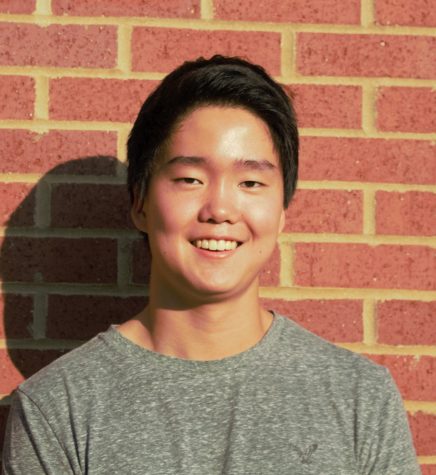
Nicholas Lee is a senior at CHS and this is his third year on Globe. This year, Nicholas is working as one of the managing editors and the webmaster. Nicholas enjoys Globe as it...
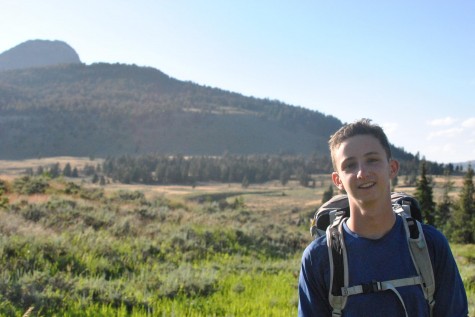
Noah Engel is the editor of photography for the globe newsmagazine. Noah feels that images are best suited for telling stories and strives to improve his craft. Noah is a varsity...


